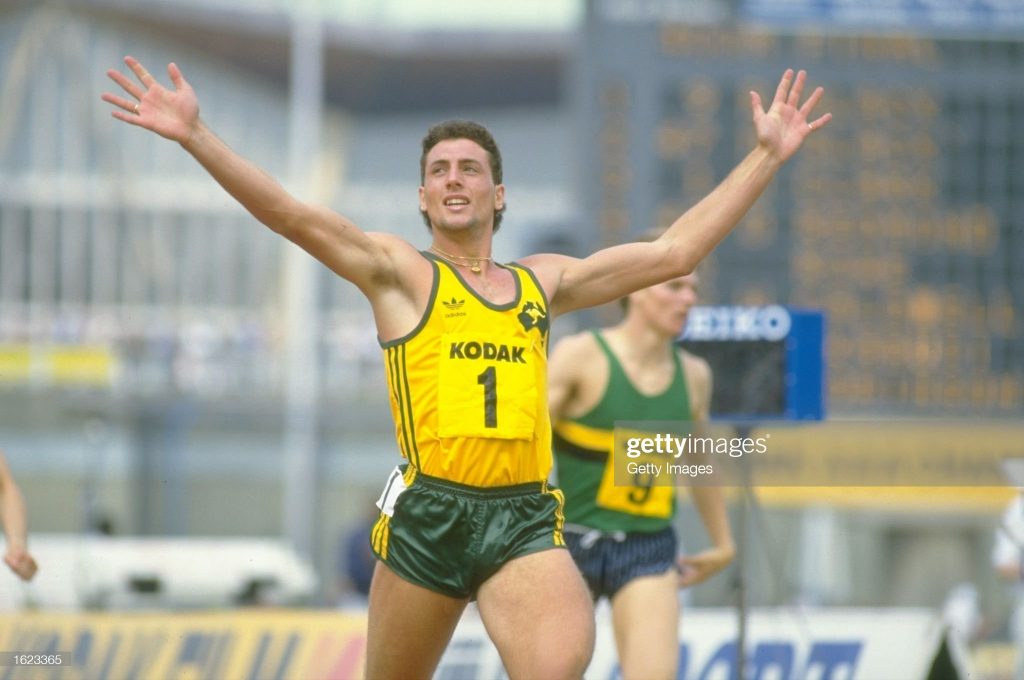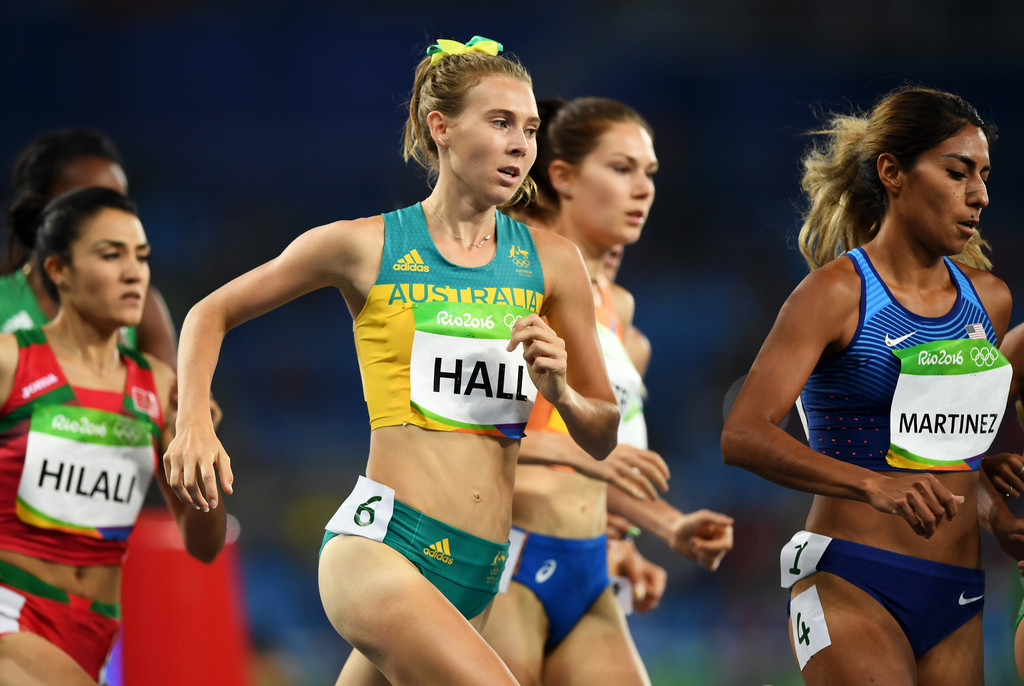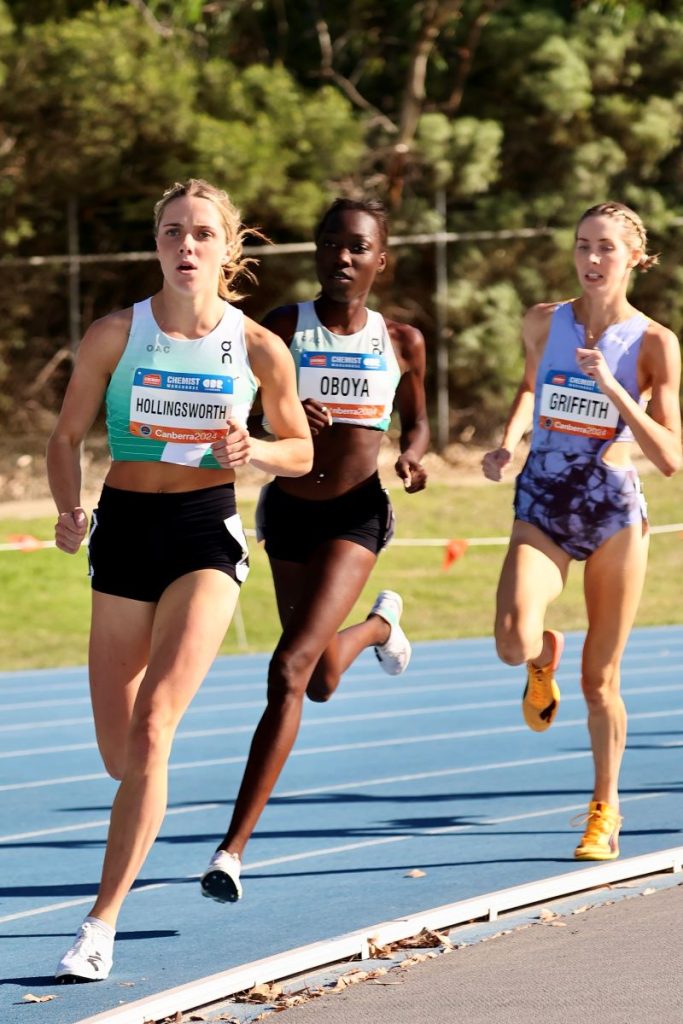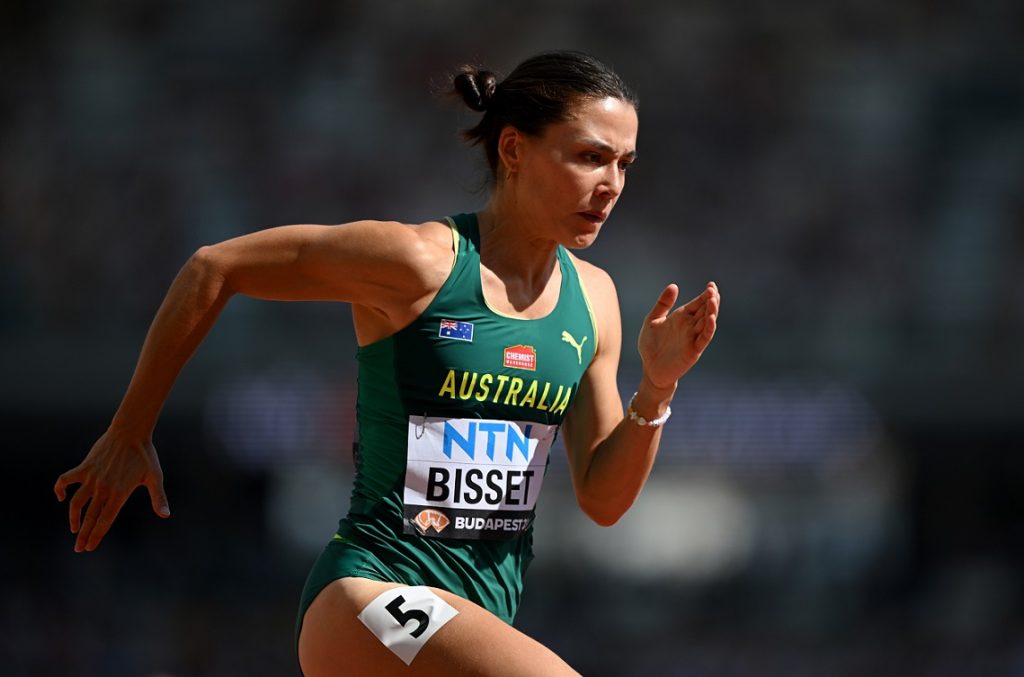Darren Clark had a rude awakening when it comes to running the final straight of a 400-metre track.
Clark was a month short of his nineteenth birthday when he led the final of the men’s Olympic 400 metres into the final straight of the Los Angeles Coliseum in 1984. The length of that straight later he had missed an Olympic medal by an agonising four one-hundredths of a second.
The Australian teen spoke later of the daunting realisation of rounding the final bend to see an empty straight ahead. If you’ve ever run a 400, you will know how long that run up the straight can feel. If you’ve been doubly unfortunate, you may also know the experience of wallowing in a sea of lactic acid as one-by-one opponents slip past. First the gold medal is dislodged from your grasp, then the silver slips away; finally, there goes the bronze.
Clark graphically relived his changing emotions in the dramatic final stages as he spoke to Australian media after the race.

“I thought I was the Olympic champion . . . I thought I had the gold.
“I said to myself: ‘C’mon . . . relax . . . You only get these chances once in a lifetime.’
“But it was right there before me one second and taken away the next . . . I began losing speed . . . and in the end I was beaten on the day by better runners.”
To be clear, Melbourne’s Tom Kelly Track in east suburban Doncaster is not the LA Coliseum. Nor were they running for gold medals, nor even for sheep stations, at the Victorian Milers Club meeting on Thursday night (14 March). But there were significant bonus incentives on offer for fast times, including $2000 for achieving an Olympic qualifying time.
The Tom Kelly Track sits in a creek valley, largely sheltered from intruding headwinds. The cooler southerly can find its way in at the wrong moment, however, and did so on the night.
The layout also makes for slightly long straight and slightly tighter bends. It was those longer straights and, in one case, quality opposition, which stymied the ambitions of Georgia Griffith and Linden Hall. Each set out on the quest for an Olympic qualifier (Hall has several in the 1500, Griffith is after one in the 800). Each found the long run up the final straight a step (or two, or several) too far and experienced Darren Clark’s ‘before-me-one-second-and-taken-away-the-next’ letdown.

The race was one of those 800s where it was not so much the target split times were missed as the manner in which they were achieved that counted. Griffith, who had run 2:00.89 behind Claudia Hollingsworth in Canberra 12 days earlier, wanted something of the order of 28 seconds for the first 200, 58-59 at the bell. Instead, it was a touch too fast at 27-high and then too slow at 60-61. An injection of pace in the third 200 put them roughly on track again.

© James Mowle/Athletics Australia
Billings had actually finished ahead of Griffith in Canberra, running a personal best 2:00.55, so it was no surprise when she challenged in the main straight. Griffith held her off until the final metres before going down, 2:02.32 to 2:02.84. Neither the Olympic qualifier nor Catriona Bisset’s Milers Club record 2:00.20 (which offered $1000 bonus) were attained.
Bisset was a more tangible presence at the meeting than a name of the record sheet, setting the pace for training partner Hall in the women’s 1500 later in the night. This, too, seemed to be going to plan for a long way, Bisset leading through 400 in 64-65 and 800 in around 2:09 before stepping aside at 900 metres. Hall made a pretty good first of taking the last 600 solo, still in touch with the primary target of 4:02.50 (Olympic qualifier) and ahead of the secondary 4:05.36 (Abbey Caldwell’s Milers Club record).

Again, it was the long final straight which did the damage. Billings was a relentless opponent in the 800, this time it was the extra distance and the (slight, but noticeable) headwind, as step by step the two marks slipped from Hall’s grasp. At the line, like Clark, she was hundredths of a second short. Her 4:05.41 was just 0.05 shy of Caldwell’s record set in the corresponding race last year.
The final straight always seems like a long way – a step too far when you’re clinging on to the lead, a step too short when you’re chasing an opponent down. When it is actually a metre or two longer as well, strange things can happen. Stockholm’s historic old Olympic Stadium (it staged the 1912 Games) is the classic example.

Sprinters, middle-distance runners and even long-distance athletes, have all been known to mis-judge the finish, turning the graceful throw at the line into an ungainly scramble to stay on one’s feet. Adding an optical illusion to the physical fact of being a stride or two longer than average, winning a race in Stockholm is sometimes a matter of who reads the track best.
Suburban Doncaster’s Tom Kelly Track may not share many other traits with Stockholm’s Olympiastadion. But the final straight in both often proves a step (or more) too far.
















